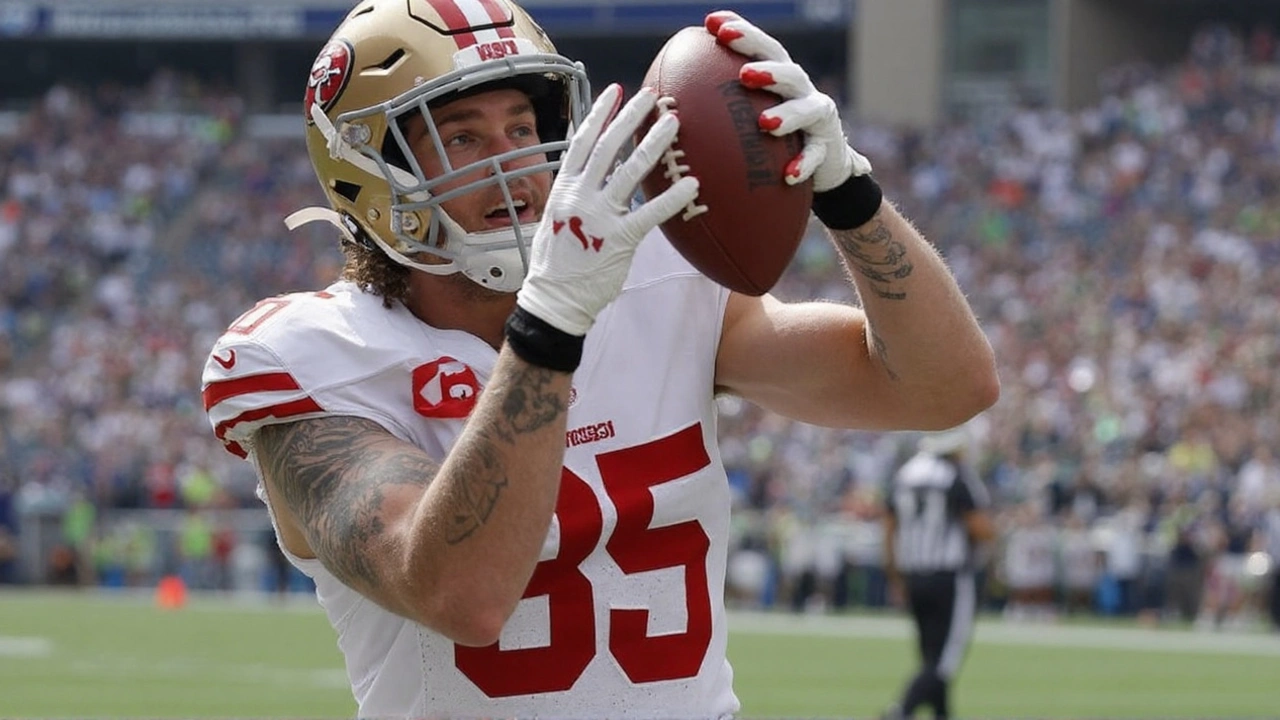Hamstring Injury in Rally Racing: What You Need to Know
Rally drivers push their bodies to the limit. Every jump, tight corner, and sudden brake can yank the legs in ways street driving never does. That rapid stretch‑and‑pull is a prime setup for a hamstring strain. If you feel a tightness or a sharp pain after a stage, don’t ignore it. A sore hamstring can turn a fun weekend into weeks of downtime, and the sooner you treat it, the faster you get back to the gravel.
Common Causes on the Rally Stage
The most frequent culprits are high g‑forces and awkward pedal positioning. When a car rocks over a crest, your leg can snap from a relaxed state to a full‑power push in a split second. Poor seat height or a mis‑adjusted pedal can force the knee to bend too much, stretching the hamstring past its safe range. Even a simple off‑road bump can make the driver over‑compensate, pulling the muscle hard enough to cause a micro‑tear.
Fast‑Track Recovery Tips
First 48 hours: rest, ice, and compression. Light stretching after the initial swelling goes down helps keep the muscle from tightening up. Around day three, start gentle mobility drills—leg swings, heel‑to‑butt kicks—without pain. By week two, add low‑impact strength work like straight‑leg raises or resistance band curls. physiotherapy sessions can accelerate healing, especially if they focus on both stretching and strengthening the opposing quadriceps.
When you feel ready to drive again, don’t jump straight into full‑speed stages. Begin with short, low‑intensity runs to test how the hamstring reacts. Keep your seat and pedal positions optimal: seat high enough to avoid knee over‑flexion, pedals within comfortable reach, and a harness that doesn’t restrict leg movement. A quick warm‑up—5 minutes of easy pedal work, dynamic leg swings, and a few light jogs—can prime the muscle and cut the risk of re‑injury.
Beyond the physical, stay aware of your body’s signals. Fatigue, dehydration, or cold weather can all make a hamstring more vulnerable. Hydrate well, fuel up with carbs and protein, and dress for the conditions. If you ever feel a twinge during a stage, pull over safely and assess. A brief pause can prevent a small strain from becoming a season‑ending tear.
Hamstring injuries don’t have to sideline your rally passion. With the right prep, smart driving posture, and a disciplined recovery plan, you’ll be back on the dirt in no time—stronger and more aware of how to protect the muscles that keep you in control.

49ers’ George Kittle ruled out with hamstring injury vs. Seahawks in season opener
49ers tight end George Kittle left the season opener against the Seahawks with a hamstring injury and was ruled out before halftime. He exited after a downfield block, headed to the blue tent, and later returned to the sideline in a cap. Kittle had four catches for 25 yards and a touchdown before the injury. San Francisco won, but his status for upcoming games is uncertain.